|
In yoga philosophy, we learn that everything is action. Karma Yoga teaches us that we all have to act. Action is inherent in being alive. It is easy to think that abstaining from an action means we are not acting. This is not true. Trying to abstain from action is just as strong as consciously choosing to act, but much of the time it takes us in the wrong direction.
I am not talking about abstaining in the sense that we remove ourselves from a negative situation, or decide to leave a conversation when it becomes unproductive. This is abstaining in the sense that we start to believe we are powerless in our own lives. Regardless of what we do, the path of our lives will unfold in front of us. We can be willing participants in this or passive observers. I often hear so many people express their discontent with their life without taking action in a new direction. It is as if they believe they are not actively choosing what happens in their life, therefore they are not responsible for the outcome. This is essentially taking on the role of the victim. Of course we all have situations presented in front of us that we have to deal with (the yogis call this Karma). Whatever the situation is that we are presented with each day, we can choose how we deal with it. Each moment we choose to complain or express our discontent, is a moment we could have chosen to dream up a new idea, practice yoga, enjoy the sunshine, etc. Everything is action and it's our job as practitioners of yoga to choose the right actions for our life and spiritual development. We must understand and harness the power of action. It is inherent in being alive and we can never get away from it. If we accept this, we can be willing participants in our life, constantly adjusting our actions to become better and better human beings.
0 Comments
Our feet are where the body contacts the floor/earth. Every ounce of our body's weight goes through them with each step, whether we have a light step or plod heavily. So they are vitally important to our physical health. Poorly functioning feet lead to a poorly functioning body much the same way that damaged wheels make a poorly functioning car.
We have all heard of "flat feet," where the inside arch of the foot collapses toward the floor, often creating painful repercussions in the ankle, knee, hip and even back. This condition commonly refers to just one of the arches of the foot---of which there are four---the medial longitudinal arch (labeled above, #1). That is a fancy way of saying the lengthwise (longitudinal) arch on the inside (medial) of the foot. Most of us just know it as the "arch." This well-known arch of the foot is not structured like a weight-bearing arch. It is built more like a spring that bends when we put weight on it and bounces back as we release. This is how some of the "spring in our step" occurs, as the arch recoils. This arch can be bolstered with muscular strength, like lifting the inner ankles up and pulling the ball of the foot toward the heel. The second major arch of the foot is the lateral longitudinal arch, which means the lengthwise (longitudinal) arch on the outside (lateral) of the foot. It is labeled in the picture above with #2. This arch goes from the heel area toward the pinky toe. It is a very stable arch, with bone structure like a traditional weight-bearing arch. Due to its structure, this arch rarely collapses or gives us trouble, so we don't even realize it's there. The third arch of the foot goes across the foot, so it is called a transverse arch. Since it is closer to the ankle, it is called the proximal (near to the body) transverse arch, labeled #3 in the picture above. This arch, like #2 above, is structurally very stable and rarely collapses or gives us trouble. This arch is also called the anterior (forward) transverse arch. The fourth arch of the foot is sometimes not considered an arch at all because it is not formed by arch-like bony structures. Instead, this arch is made of soft tissues like ligaments, muscles and fascia, stretching from the big toe to the baby toe. It is called the distal (far from the body) transverse arch, labeled #4 in the picture above. Since it is not a bony-structured arch, this often gives us trouble due to weakness and under-use, especially since we wear shoes that decrease our body's need to access it. It can be strengthened though simple exercises like making fists with the toes. Try standing with bare feet. Shift your weight around your feet, from front to back and side to side. Pay close attention and see if you can feel the arches and structures in your feet. They are important! The Yoga Sutras attributed to Patanjali, offer any student of yoga a lot of insight into the workings of the mind. One particularly insightful sutra comes in the first chapter, verse two. The sutra states "yogas chitta vritti nirodhah" and gives us a definition of yoga.
The Yoga Sutras are about the mind and not about a physical practice. So in this case, the first word of this sutra, yoga, actually refers to samadhi, a very advanced mental practice. The YS as a whole take into account that the student has already done an immense amount of practice and study, and has already practiced meditation at length. Therefore, when we read or hear about the YS, it is slightly misguided to attribute the teachings to asana (posture) practice. The "yoga" of the YS is mental. The second word in YS 1.2 is chitta. This is what the mind is made up of. You can think of this as the actual makings of your mind. Vritti is a very important word. Vrittis are thought waves. They are fluctuations that occur within your chitta, or your mind. Every thought you have, every single disturbance or fluctuation that happens in your mind is a vritti. Nirodhah refers to the restraint of the vrittis, or thought waves. This is also commonly understood as the cessation of thought waves. Put all of the words together and YS 1.2 can be understood as: Yoga (samadhi) is the restraint of the thought waves in the mind This is the definition of yoga as it is in the Yoga Sutras. Last fall, ESPN visited Ghosh's Yoga College in Kolkata. Julia Henderson, a producer for 30 for 30 Podcasts was researching the roots of Ghosh Yoga for their new series about Bikram Choudhury. It comes out tomorrow.
The purpose of the trip was to look into the world of yoga, before Bikram was in the US. We stayed at the Great Eastern Hotel (which once housed the family of Buddha Bose), and Julia interviewed Ghosh family members and other teachers in the tradition. As anyone who has visited Kolkata knows, the trip always seems to be whirlwind and this was no exception. Between jet lag, culture shock (it was her first time there), a busy interview schedule, there was never a dull moment. The first interview was at Ghosh's College with Muktamala Mitra. That was followed by interviews with Dr. PS Das, Mukul Dutta (student of Bishnu Ghosh) and several more. Between interviews, we spent our time walking through Kolkata or packing ourselves into Ubers, both of which give you a full sensory experience. (Think honking, lots of smells and more!) For me, this was coupled with making sure the new trainees were settling into Ghosh's Yoga College and that the beginning of the training was running smoothly. The trip went smoothly, now let's see what the podcast has to say! I recently added fasting to my yoga practice. For one day each week I don't eat. It's not for losing weight, to look different or even for health purposes of any sort. I am fasting to clarify my relationship between my body and mind and to understand how what I eat affects both.
In yogic teachings, the practice of fasting can be associated with pranayama (energy control) and pratyahara (sensory control). Pranayama is most often connected with breathing since it is such an elemental part of our existence. (I wouldn't live long if I stopped breathing.) Eating too is a deeply-rooted part of my physical existence, so its pull on my consciousness is strong. As pranayama practice develops, it naturally evolves from the breath toward eating and other "essential" life-functions. Fasting is also part of pratyahara, the practice of looking at my sensory input and how it affects the way I perceive the world (and myself). My sense of taste is obviously related to food, and our culture has increasingly turned toward foods that stimulate my taste receptors, so much that I often consume food for the way it stimulates my mouth (and brain). When I control my food intake, I quickly come face to face with the powerful connections between my senses (in this case, taste) and my reality. Controlling the energy and senses is hard, so fasting is hard. Quite literally it challenges my constructed perceptions of who I am. This is why dieting and food control is often a lost cause. The yogis consider fasting a relatively advanced form of control, so it makes sense when so many people struggle with it. Our last blog about being a good student got quite a lot of responses from teachers. Many asked, “How do I communicate this to my students?” That blog was geared toward the student in all of us, not the teacher in some of us. The simple truth is, we communicate this idea by being a good student ourself. It is so important, not only to set an example, but for our own search for humility and desire to progress on our own yogic path. Be careful that you don’t respond to the idea of being a good student from the perspective of a teacher. We are all students. Period.
Being a teacher can certainly be challenging. It can be frustrating and difficult to teach a whole room of people. The question we need to ask is “Why is it frustrating when people don’t listen?” Most of the time we take it very personally when our students disregard what we say. We think it is about us. However, everyone wants to do better and be better. That is why they are spending their time and money taking a yoga class. Even though it might not look like that on the outside, they are trying their best in each moment of the class. The first way we can free ourself from the frustrations of being a teacher is to recognize this: It isn’t about us, and they are doing their best. What we perceive as a purposeful dig against us is them doing their best in that moment. I once had someone hit me when I tried to help them in Standing Deep Breathing. It was not a fun moment. I spent the next few minutes of class fuming while trying to keep the rest of the class going. That was until I came to this next point: Giving people attention is a choice. If you don’t have it in you to compassionately give a student your energy, don’t. There are people who come to class who are wading thick through their own crap and are not open to anything you might have to say to them. In that moment, they need space. They are still in a yoga class, not on their couch watching bad TV with a bag of chips. Let them be. It will save you from the frustration that comes from trying to push up against a rigid person and it will give them a little room to let whatever is moving through them pass. There are other longer term goals we should strive for, in order to teach each class of people we have in front of us. It is important that we assume the responsibilities of the teacher, just as it’s important that as assume the responsibility of the student when we are learning. A teacher has to be a leader and should teach everyone who is in the class. This means that we cannot say things like “You are your own teacher.” If they are their own teacher, what are we doing in the class? Encouraging students to stay out of pain is extremely important, but we must lead. In order to lead, we must have something to offer. This demands we continue our own study and practice with great diligence. We must be able to offer something to everyone who is in class. That means if we have an advanced student, we have to offer them something. If we have a beginning student, we have to offer them something different. Even if the poses and the words we use are largely the same, we must be lead our students. Just as we are on our own yogic path, so are our students. For everyone that path looks slightly different. Sometimes progress seems slow. As teachers, let’s assume the best about our students, show up and lead. When it feels impossible to show up with compassion, let’s find a sub for our class and take the day off! When we came back from our first teacher training, our good friends and mentors--- David and Ken---gave us an important piece of advice: When you take a class, take the class. They explained that as you progress as a yoga teacher, your idea of what is correct, good, effective, etc., is going to grow. It will become harder and harder to take classes without being judgmental, and worse yet, arrogant.
This becomes tricky, because of course we have ideas of what a class should be. Even if we are not a teacher, we know what we like and dislike. While you should never feel unsafe in a class, it is not appropriate to voice any objections to the class either verbally or with your actions. If a teacher asks you for feedback, that's different. Otherwise, you are the student and the teacher is the teacher. By showing up for a class, we accept the responsibilities of the student: to learn, listen and practice. As we progress as yogis, this becomes more important, not less. We learn that we all have constructs we've built, and part of the practice is noticing and attempting to quiet these constructs. During a yoga class, it is not our job to educate the teacher about the mistakes they've made. In that moment, all it would do is take us down the wrong path by disrespecting the teacher and building up our own ego. Of course, this is not the same as having no opinions. Rather, it is simply a chance to practice humility. We all have opinions, even strong ones that form the foundation from which we teach. When we choose to take a class, we must take the class. Last week we announced a 4-week program for training yoga teachers, and along with it a program for more advanced students and teachers called the "Ghosh Yoga Mentorship Program." In the ensuing days, we received many questions about the program: What is it? What does it entail?
To talk about what the "Mentorship Program" is, we have to go all the way back to the beginning, to the nature of knowledge, experience, and the best way to pass them on through something like a "training." You see, we think that the Western systems of teaching are limited. With so much structure and focus on classroom logistics, we Westerners have maximized efficiency while sacrificing individuality and subtlety. This may be suitable for the rudiments of a subject, like beginning classes in math, science and even yoga, but once a student grows past the early stages, she must be shepherded by a thoughtful and individual teacher. Only with personal attention and instruction can a student make real progress and find her own identity, passion and vision. So we are adopting a method of teaching that is closer to the way yoga has been passed down traditionally, with individual attention and consideration. With the goals of yoga in mind, each student will be assigned slightly different variations of the physical practices, based on their ability; different breathing practices, based on their experience; different sensory and mental practices based on their awareness and understanding; different historical and theoretical readings based on disposition and desire; and different teaching techniques based on skill, alertness and experience. It is difficult to answer questions about "what does the mentorship entail?" because it will entail something different for each student. One student may focus on studying sutras and retaining the breath, while another may focus on strengthening her feet, balancing the nervous system and speaking loudly. We hope that any confusion this causes up front while people are trying to understand if this program is "right for them" will be balanced out by the unmatched quality and specificity of the mentorship. As always, please ask us if you have any questions! |
AUTHORSScott & Ida are Yoga Acharyas (Masters of Yoga). They are scholars as well as practitioners of yogic postures, breath control and meditation. They are the head teachers of Ghosh Yoga.
POPULAR- The 113 Postures of Ghosh Yoga
- Make the Hamstrings Strong, Not Long - Understanding Chair Posture - Lock the Knee History - It Doesn't Matter If Your Head Is On Your Knee - Bow Pose (Dhanurasana) - 5 Reasons To Backbend - Origins of Standing Bow - The Traditional Yoga In Bikram's Class - What About the Women?! - Through Bishnu's Eyes - Why Teaching Is Not a Personal Practice Categories
All
Archives
May 2024
|

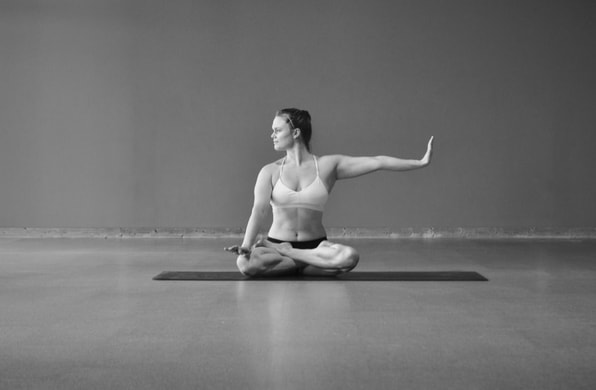
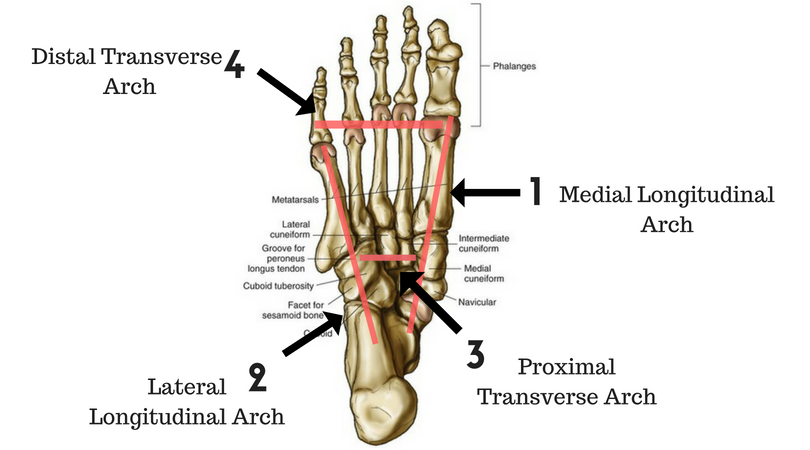
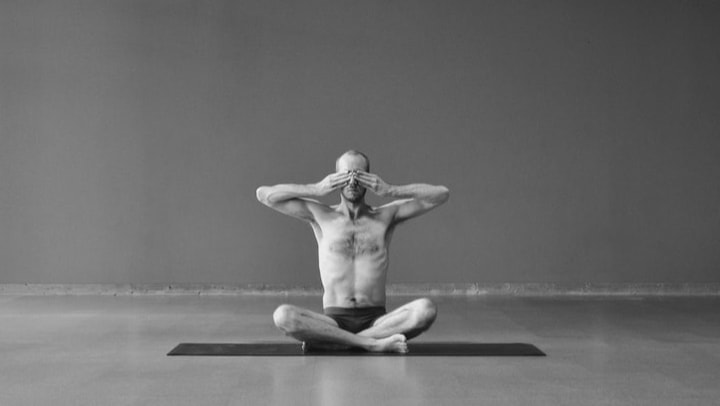
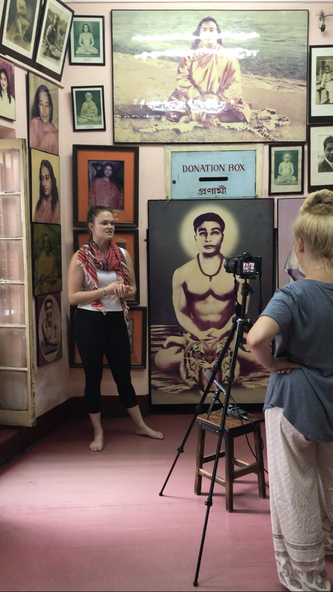

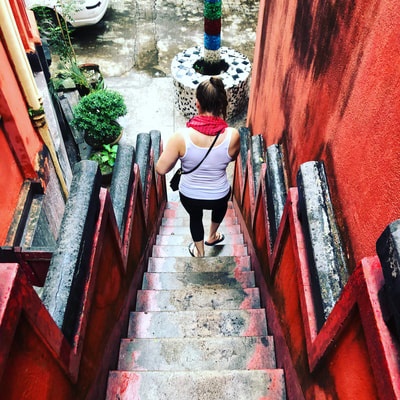
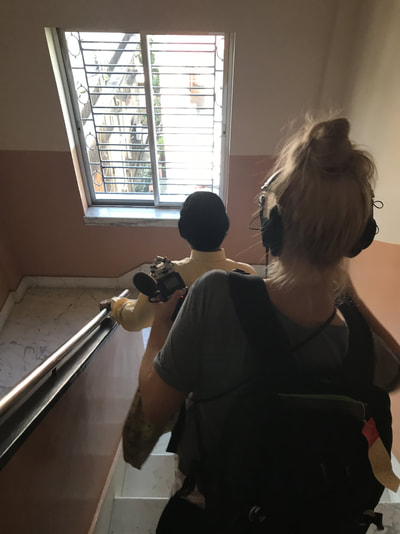
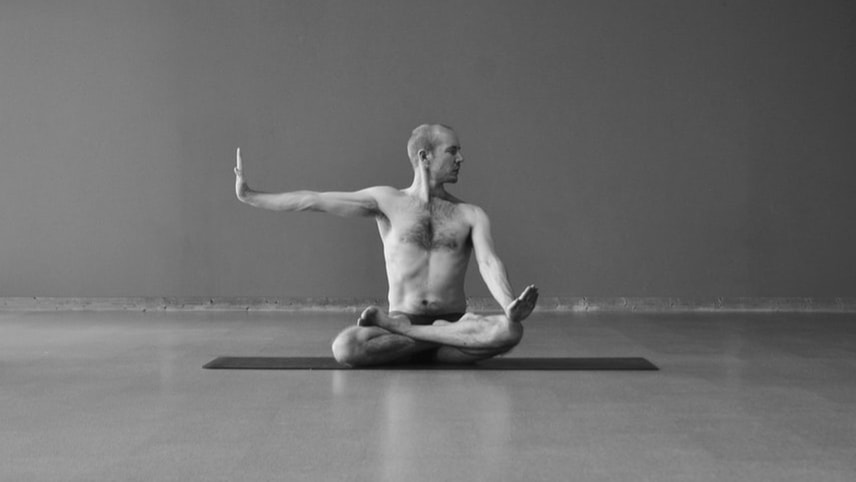
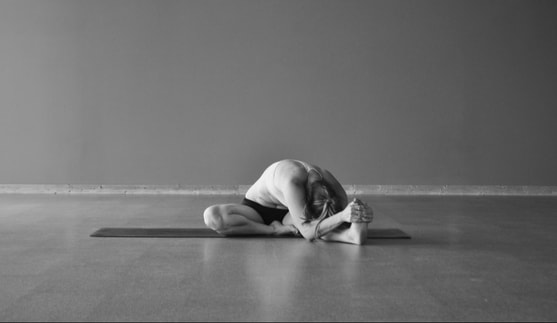
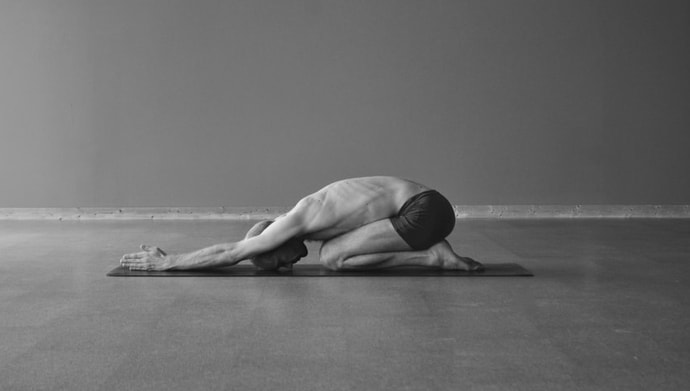
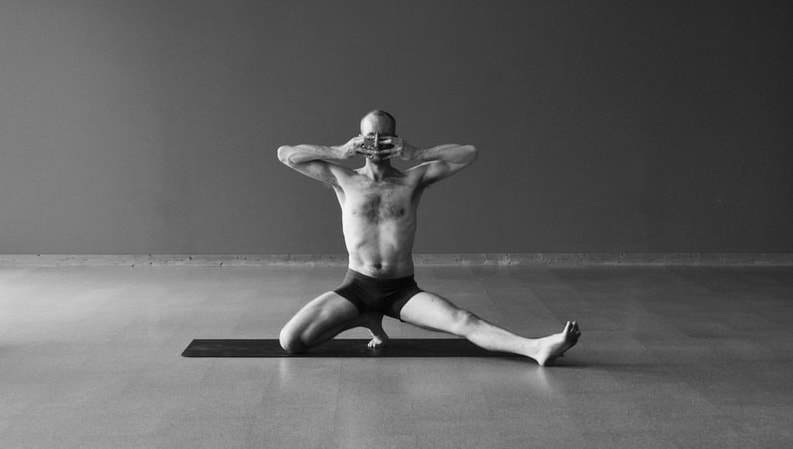





 RSS Feed
RSS Feed